Scientist of the Day - David Livingstone
David Livingstone, English explorer and missionary, was born Mar. 19, 1813. Livingstone is one of the most famous explorers of the Victorian era, yet modern historians are not sure that much of his reputation is deserved. He did manage to cross Africa from west to east, the first European to do so, through a land where the tse-tse fly and mosquito makes survival quite unlikely; he crusaded passionately against the slave trade; and he discovered (for his countrymen) several large lakes, the upper Zambezi River, and the famous Victoria Falls. Yet his scientific observations were skewed by his missionary zeal for bringing Christianity to the heart of Africa, so that he reported to the Royal Geographical Society that the Zambezi River is navigable to its source, ignoring reports of the rapids that make navigation upriver impossible. And he refused to believe that the tsetse fly makes large regions uninhabitable, although the natives had known this for a long time. Even worse, Livingstone was a terrible expedition leader, as dozens of men died under his command and most of his plans went awry, and he was a thoroughly lousy family man. The myth of Livingstone began when he first returned to England in 1856, after 16 years in Africa, and wrote Missionary Travels and Researches in South Africa (1857), which was an astonishing best seller. And the legend grew after Livingstone went back to Africa and Henry Stanley sought him out in 1871, shortly before Livingstone's death in 1873. It wasn't until historians started celebrating various centennials, such as the one in 1973, that they began to realize that there wasn't much to celebrate, except Livingstone's amazing survivability.
The images above are from the Library’s copy of the 1st U.S edition of Missionary Travels (1858), which includes a frontispiece portrait and views of Victoria Falls, a native being tossed by a Cape buffalo, and Livingstone surviving an attack by a lion. The latter encounter, in which Livingstone lost the use of his left arm, was the basis for a statue erected in Edinburgh the year after his death, depicting Livingstone with the slain lion, a drooping left arm, and the remaining arm holding the Bible (fifth image above).
Dr. William B. Ashworth, Jr., Consultant for the History of Science, Linda Hall Library and Associate Professor, Department of History, University of Missouri-Kansas City

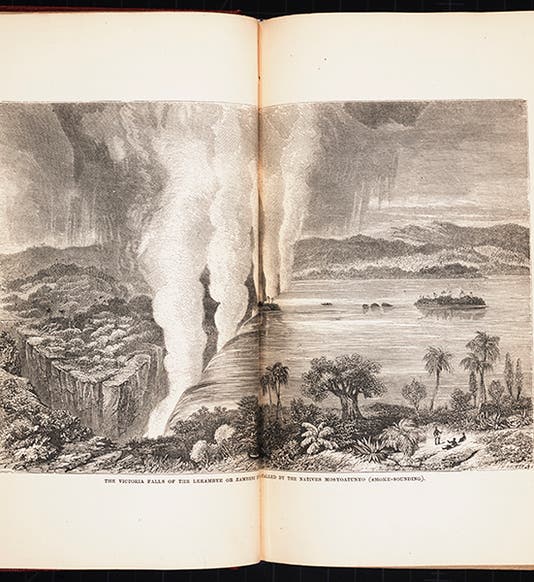
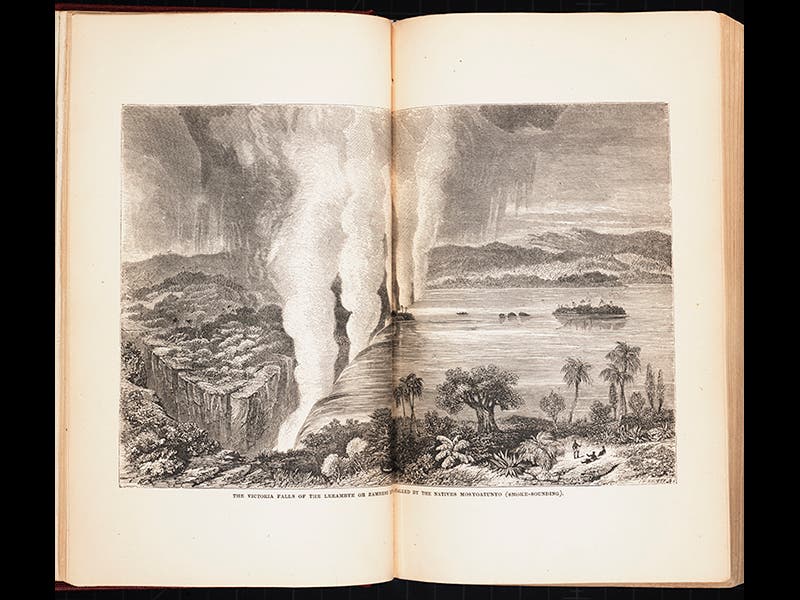
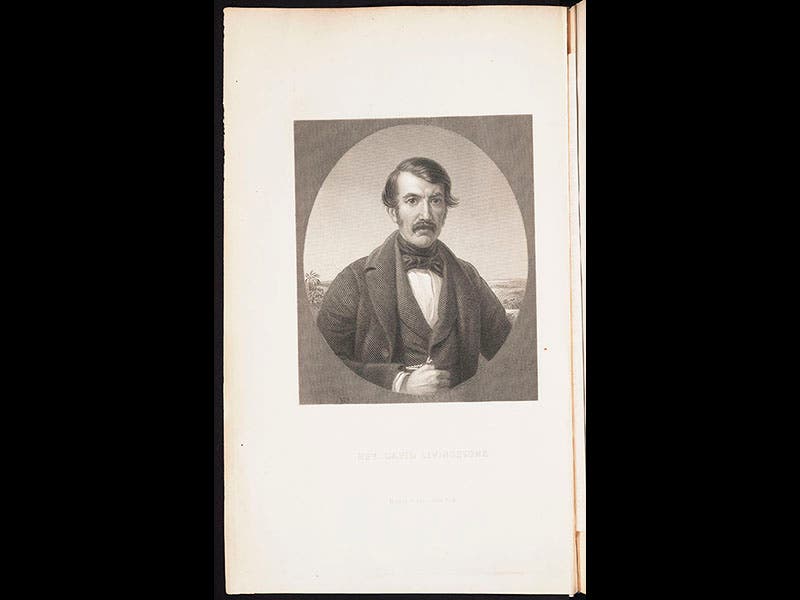
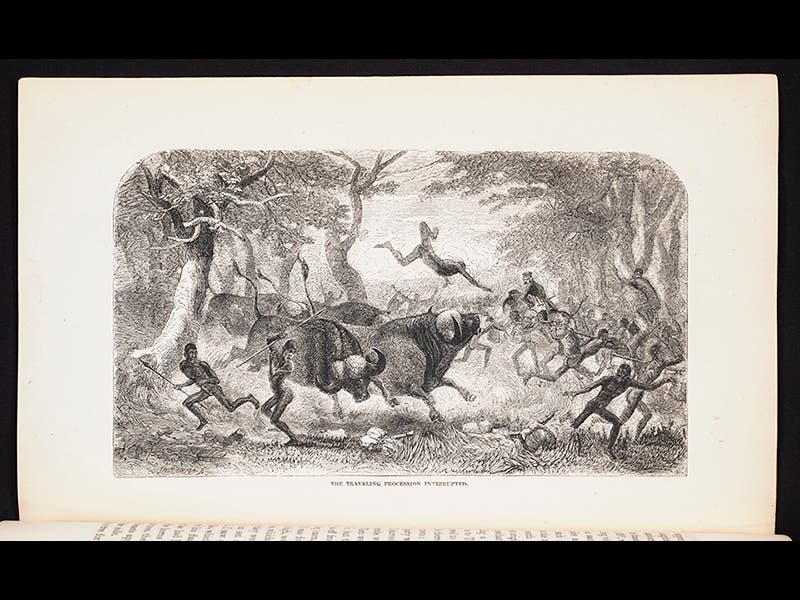

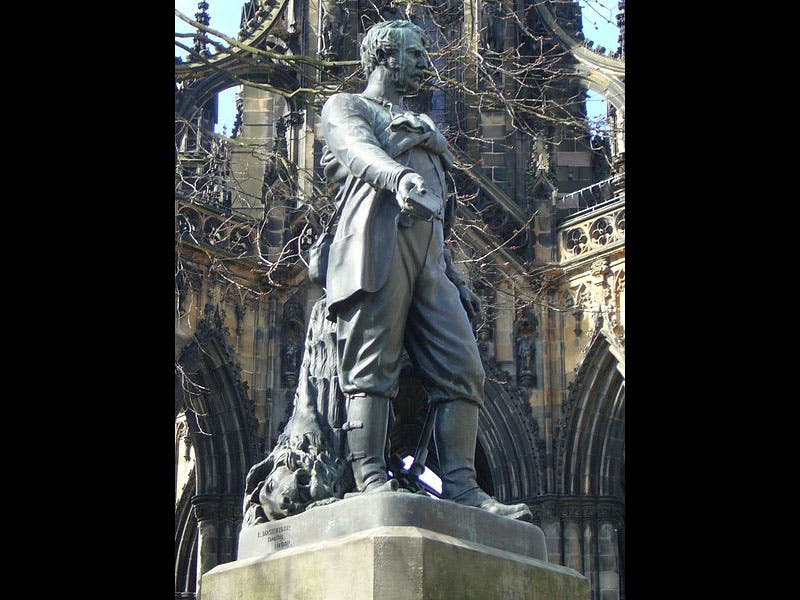


![“Aurora Borealis,” hand-colored wood engraving by Josiah Wood Whymper, [Natural Phenomena], plate 2, 1846 (Linda Hall Library)](https://assets-us-01.kc-usercontent.com:443/9dd25524-761a-000d-d79f-86a5086d4774/0245ffcb-b70c-477c-8792-0a73ebd54eb2/Whymper%2011.jpg?w=210&h=210&auto=format&fit=crop)

